Marine Life
These are only some of the marine animals that live in the waters surrounding Oman
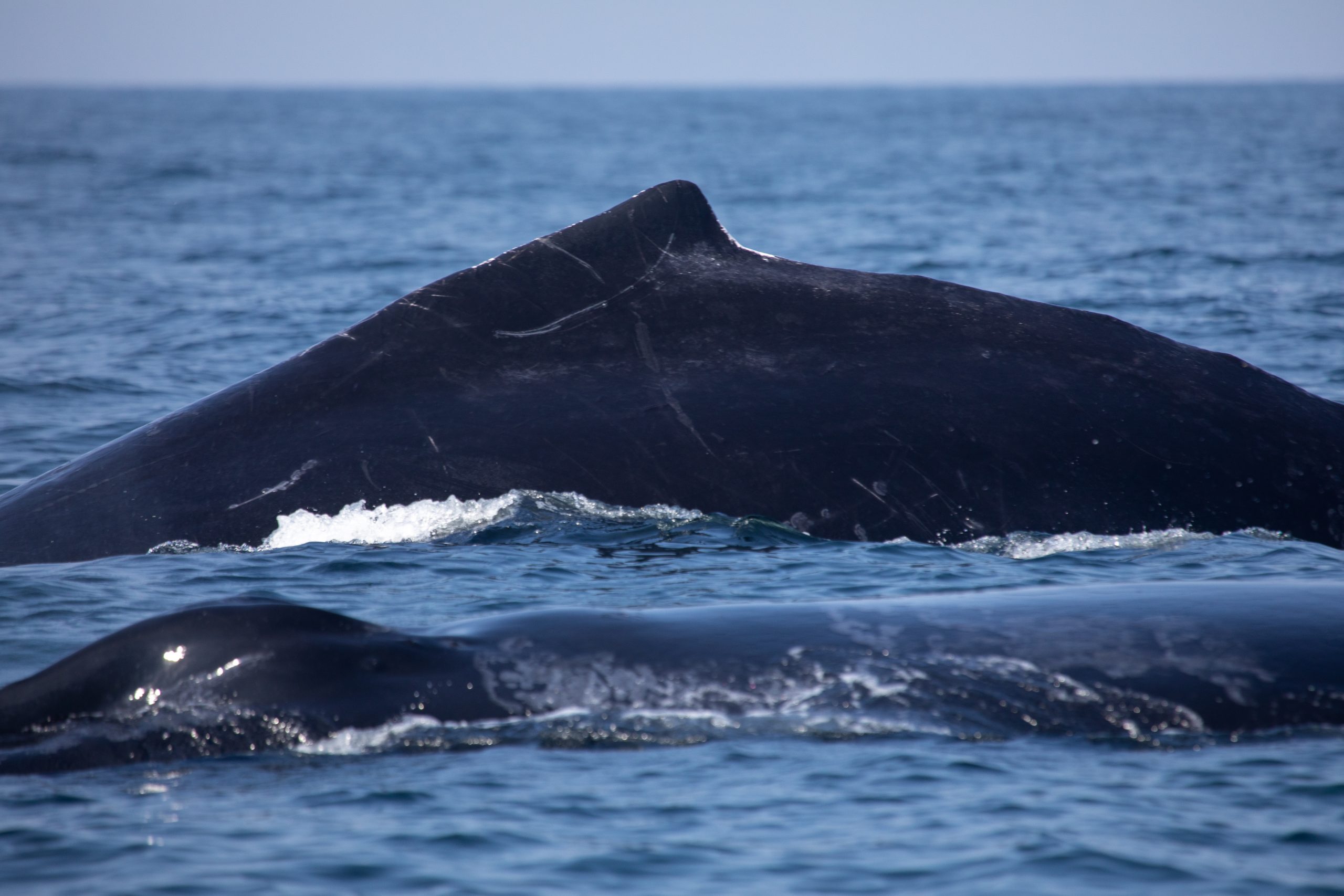
Researchers estimate only about 80 individuals of this sub-specie remain. They are unique from other humpback whales in that they do not undertake annual migrations, but stay within relatively close proximity to the shores of Oman.
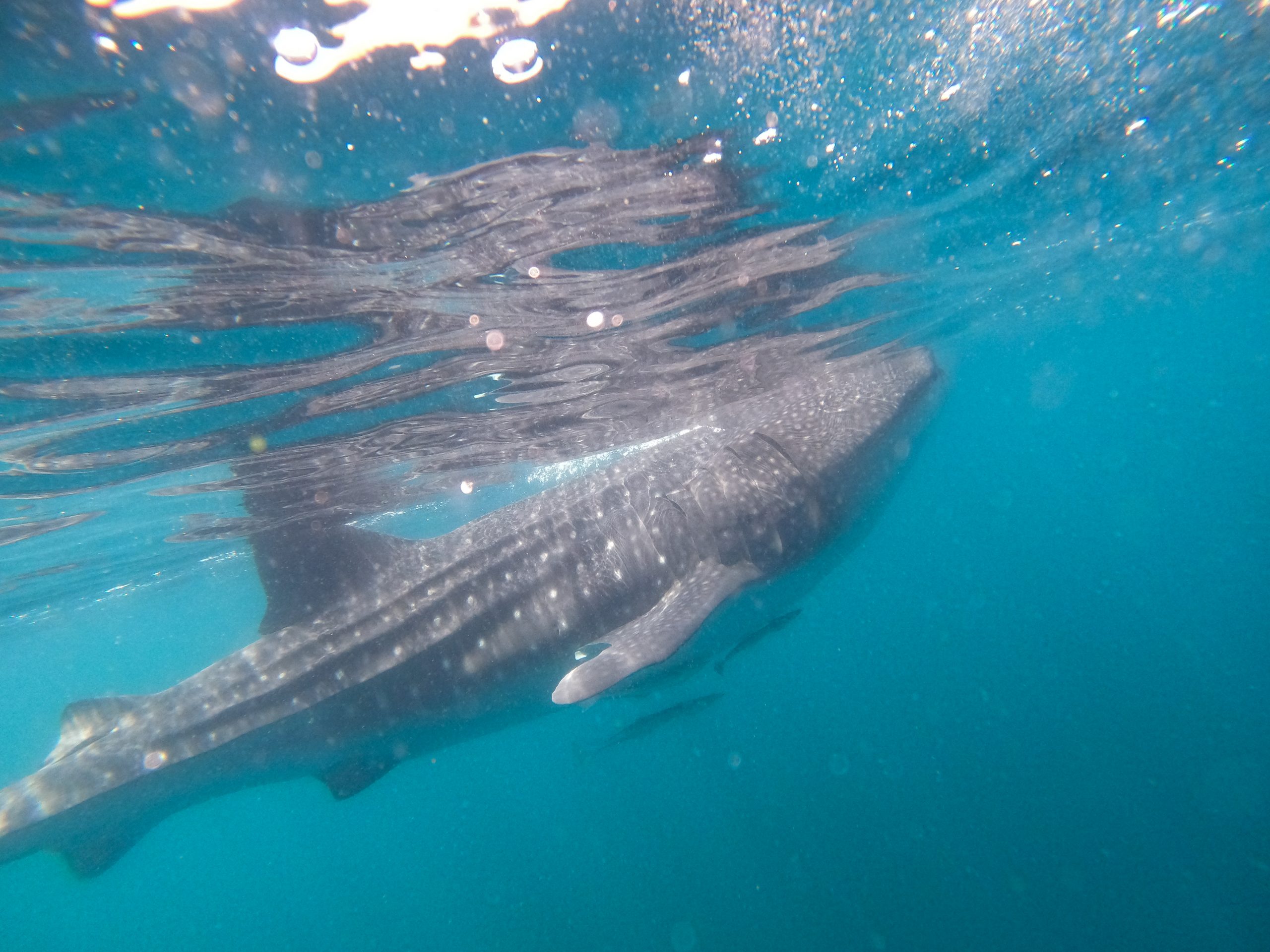
These gentle giants come to the shores of Oman every year to feed. Just of the coast of Muscat, these filter feeders find large quantities of small fish and other micro-organisms.
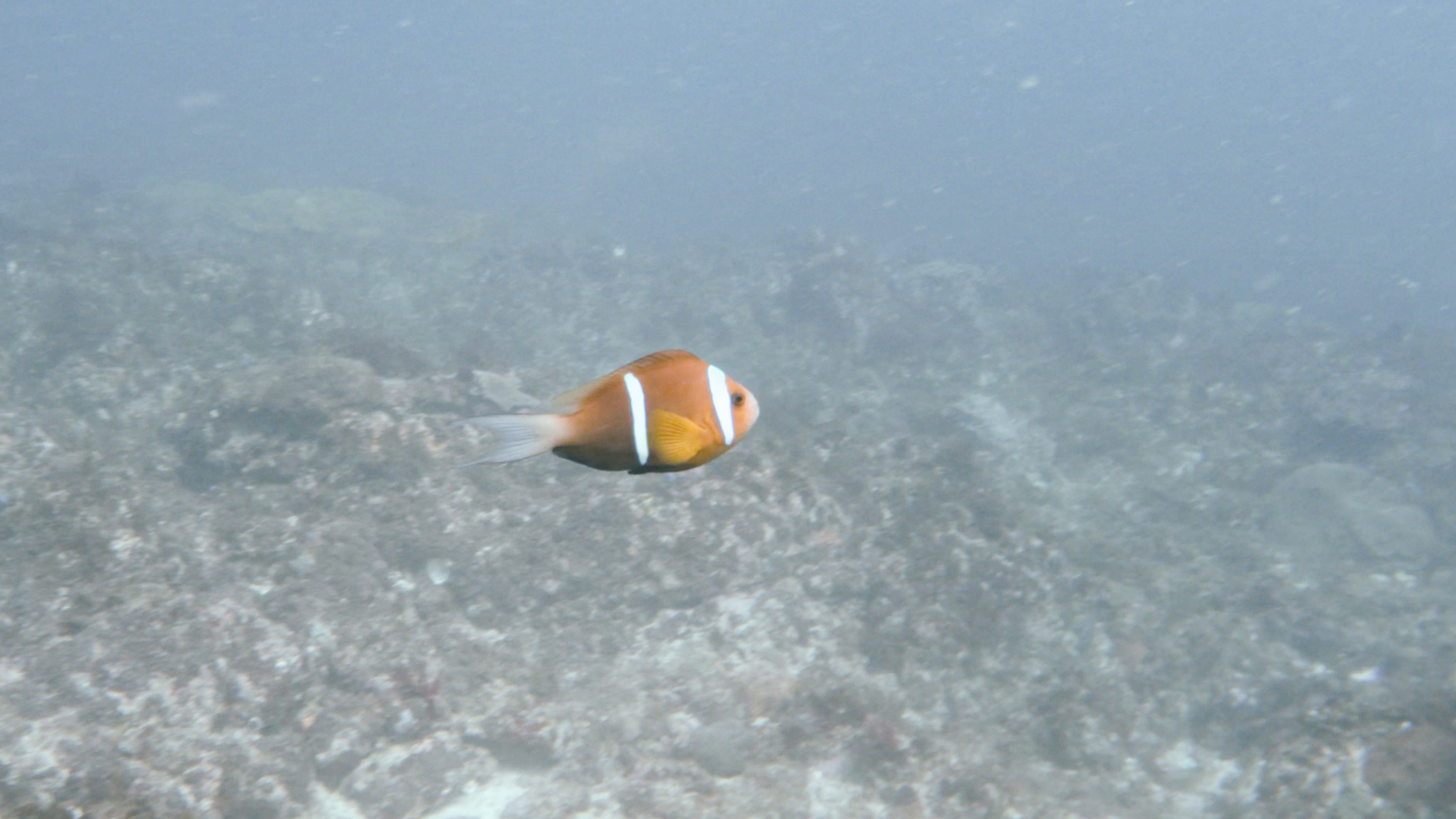
Oman has its very own anemonefish! This variation of the clownfish is identified by its white, forked caudal fin and narrow midbody white bar.
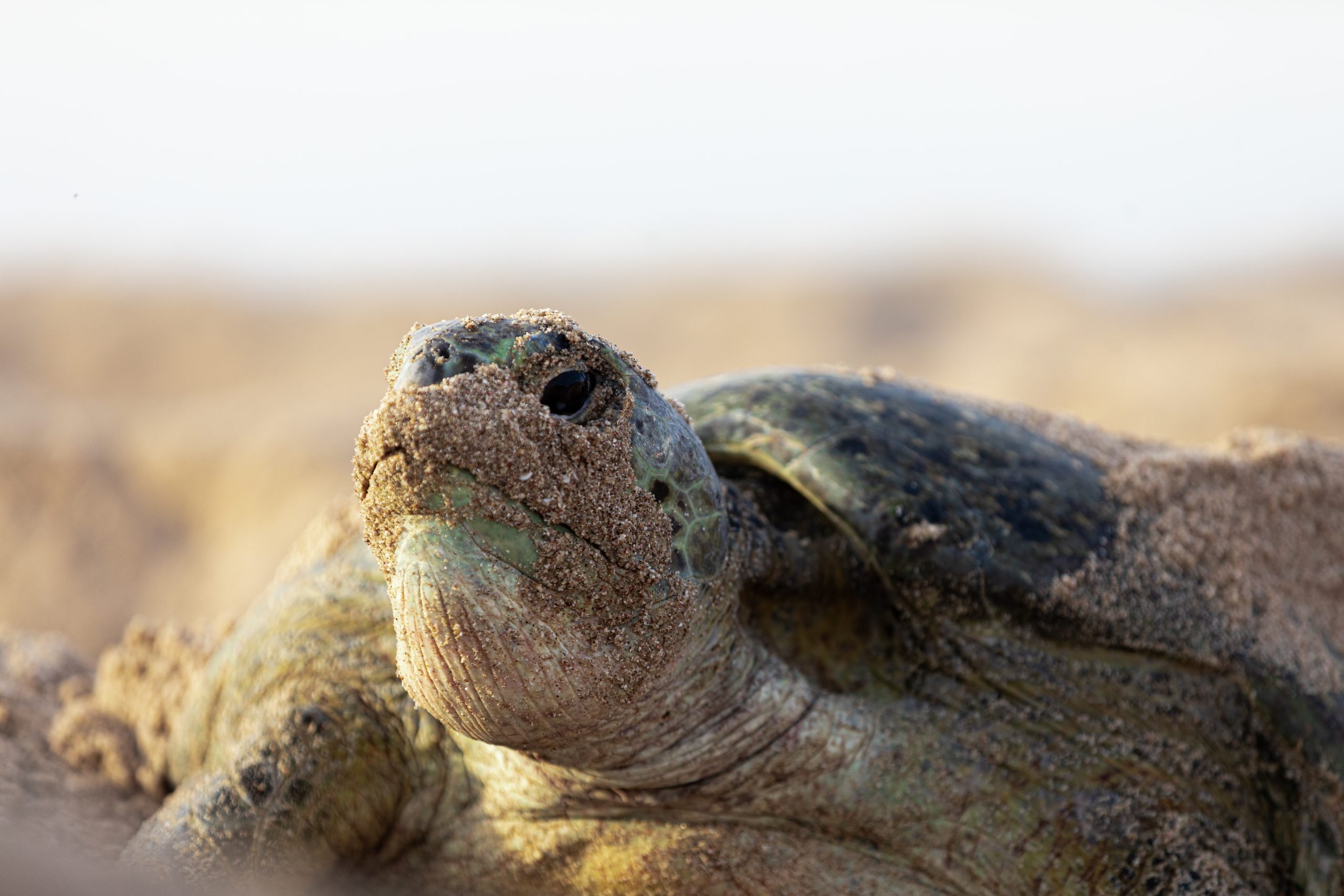
Oman has 5 of the 7 sea turtle species. The Green turtle is one of the most easily found, especially on the shores of Ras Al Hadd. Green Turtles are named not for the color of their shell, but rather for the green fatty tissue that they possess.
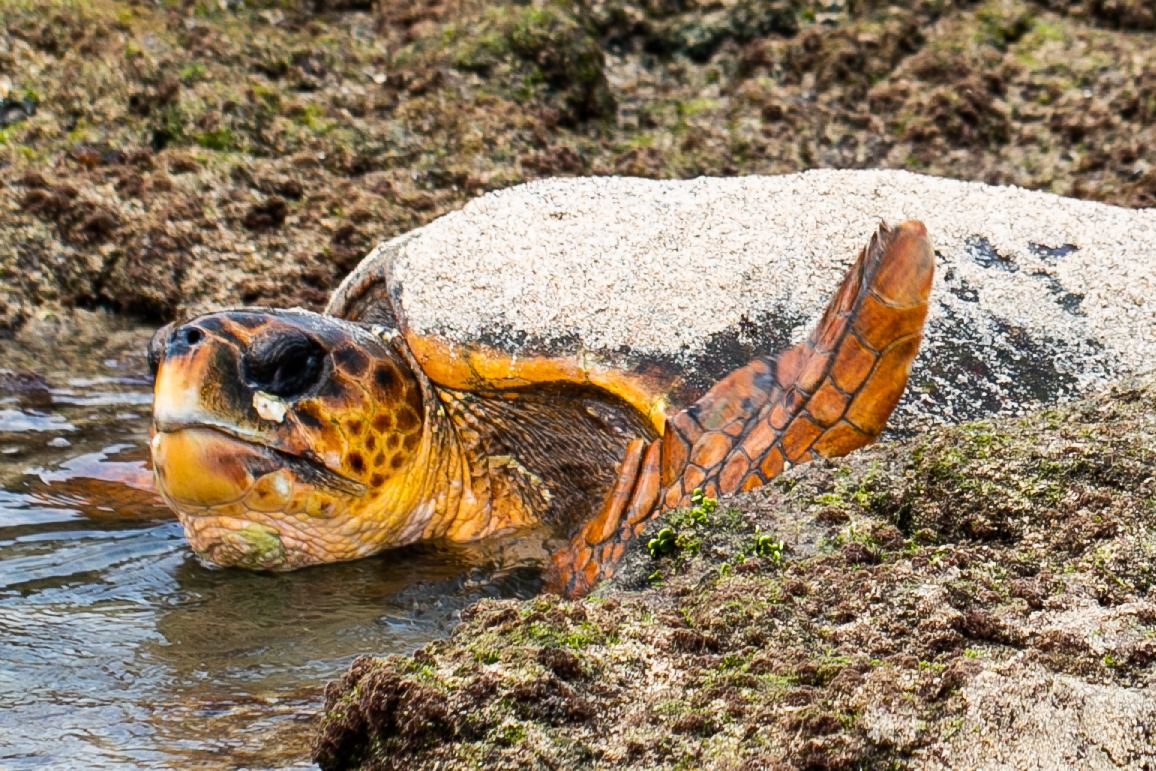
Loggerhead turtles can be identified by their yellow to brown skin. Though they are omnivores, they feed mainly on bottom-dwelling invertebrates.
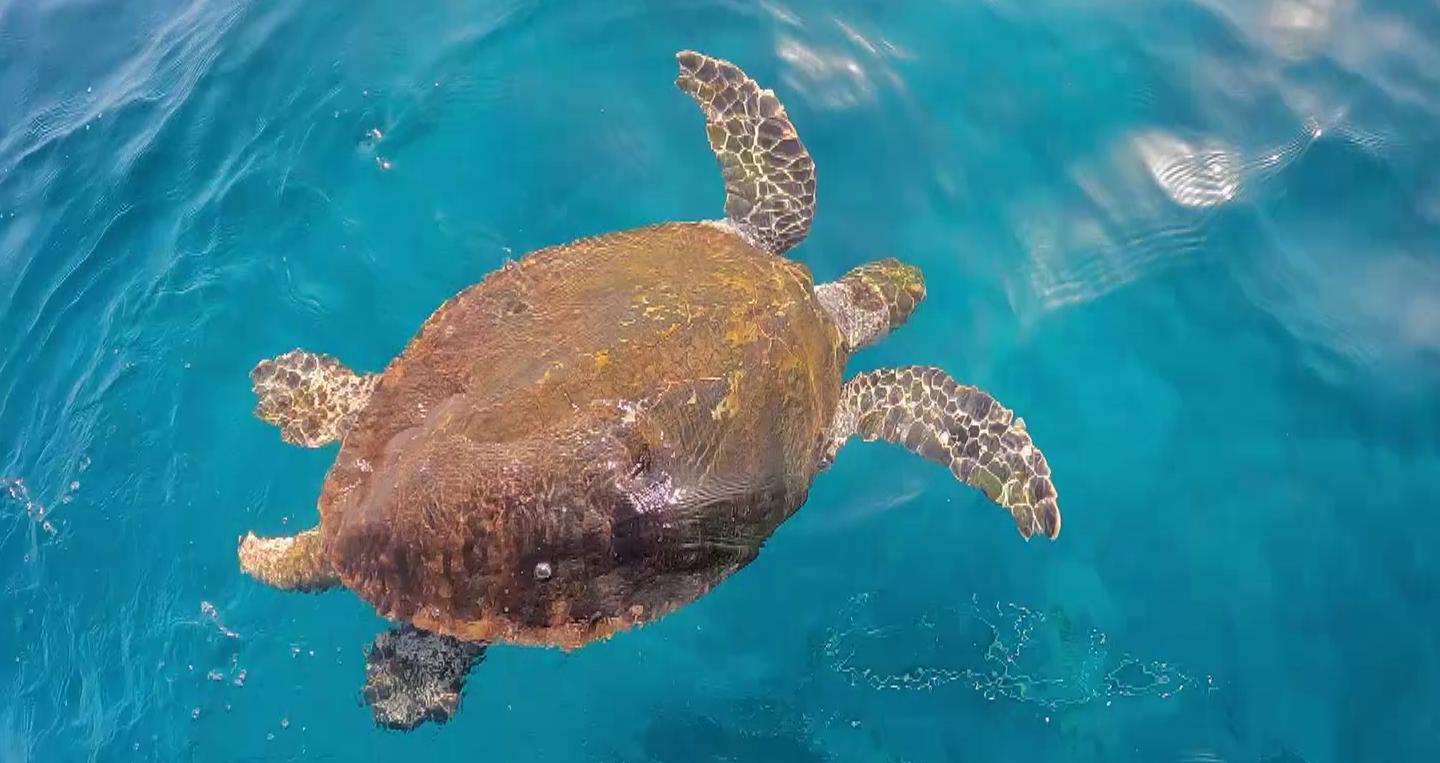
Hawksbill turtles are found mainly in tropical waters near coral reefs. They are identified by their long, narrow beaks which they use to eat sponges found in the cracks and crevices of the corals.
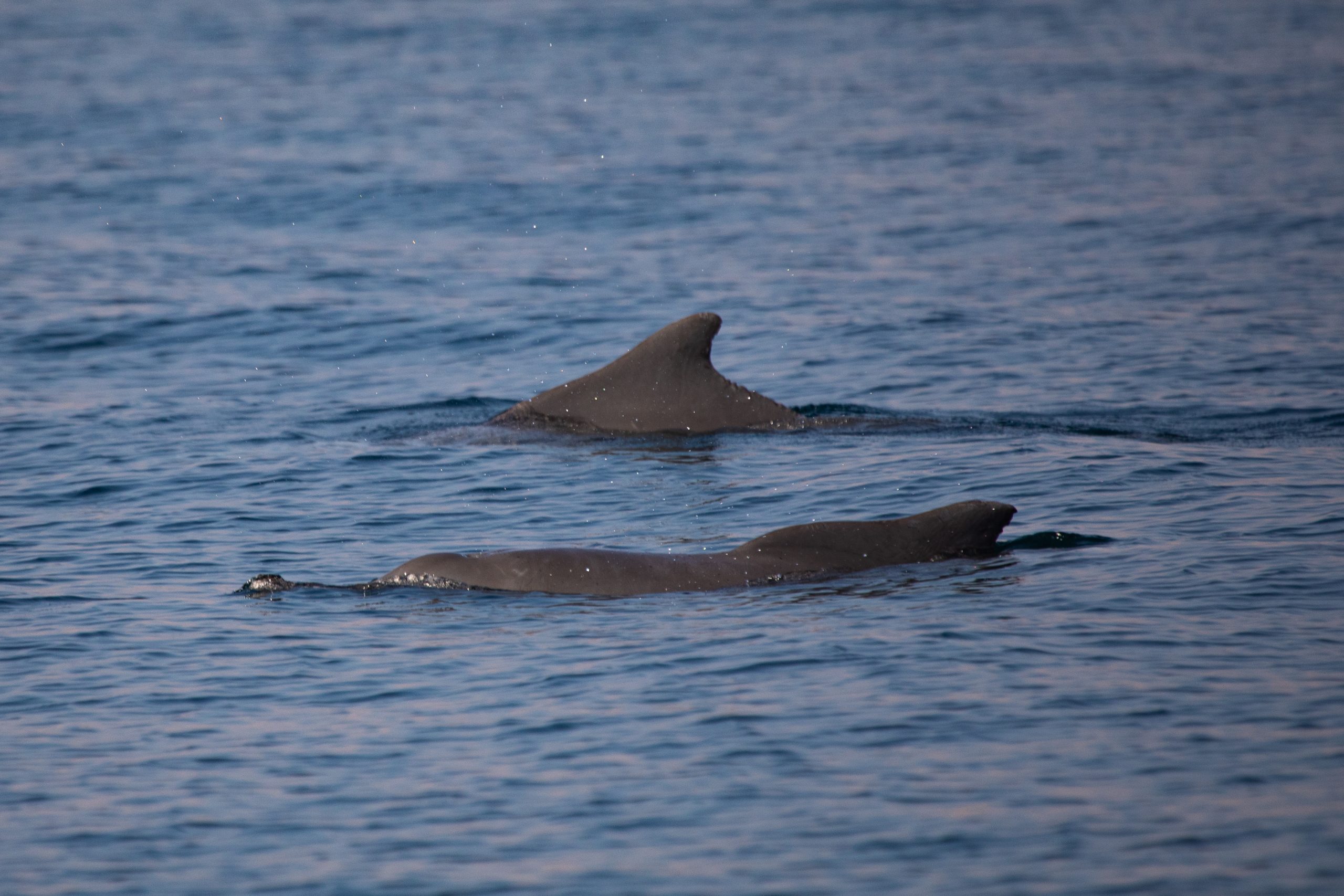
These cetaceans are often found close to shore in comparatively shallow waters. They are easily identified by the fatty hump on their backs.
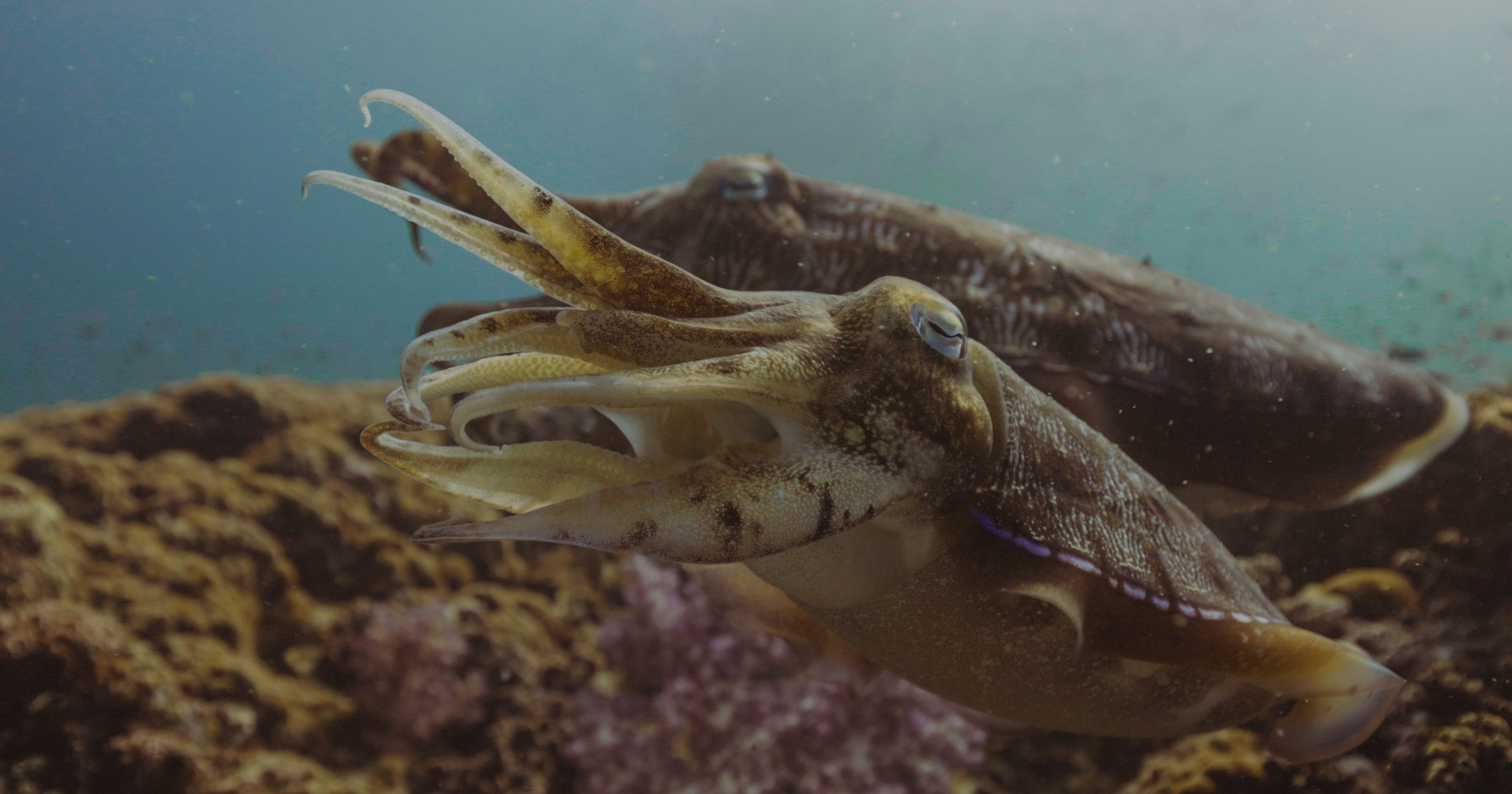
Cuttlefish can outperform chameleons in their ability to change colors and textures. Their distinctive W-shaped eye reshapes to control the amount of light entering.
Terrestrial Creatures
With Oman having such a variety of natural habitats, it is no surprise that the animals that live there are just as diverse.
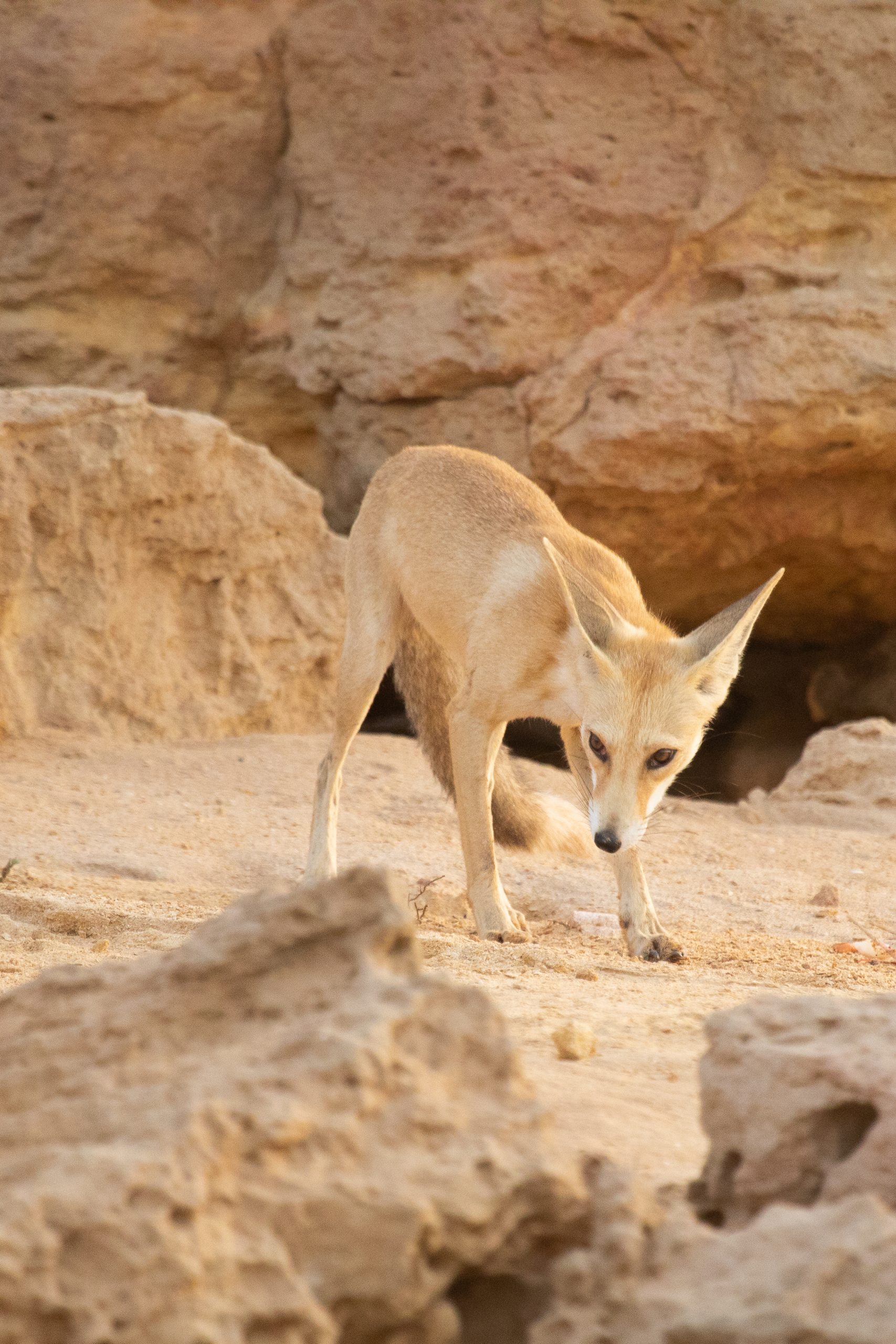
Being slightly smaller and lighter in color than the North American Red Fox, these carnivores are better adapted to the desert environment. Their bigger ears and smaller body help to keep them cool. The population in Ras Al Jinz feed exclusively on baby turtles and turtle eggs, as this provides them with all the nutrients they require.
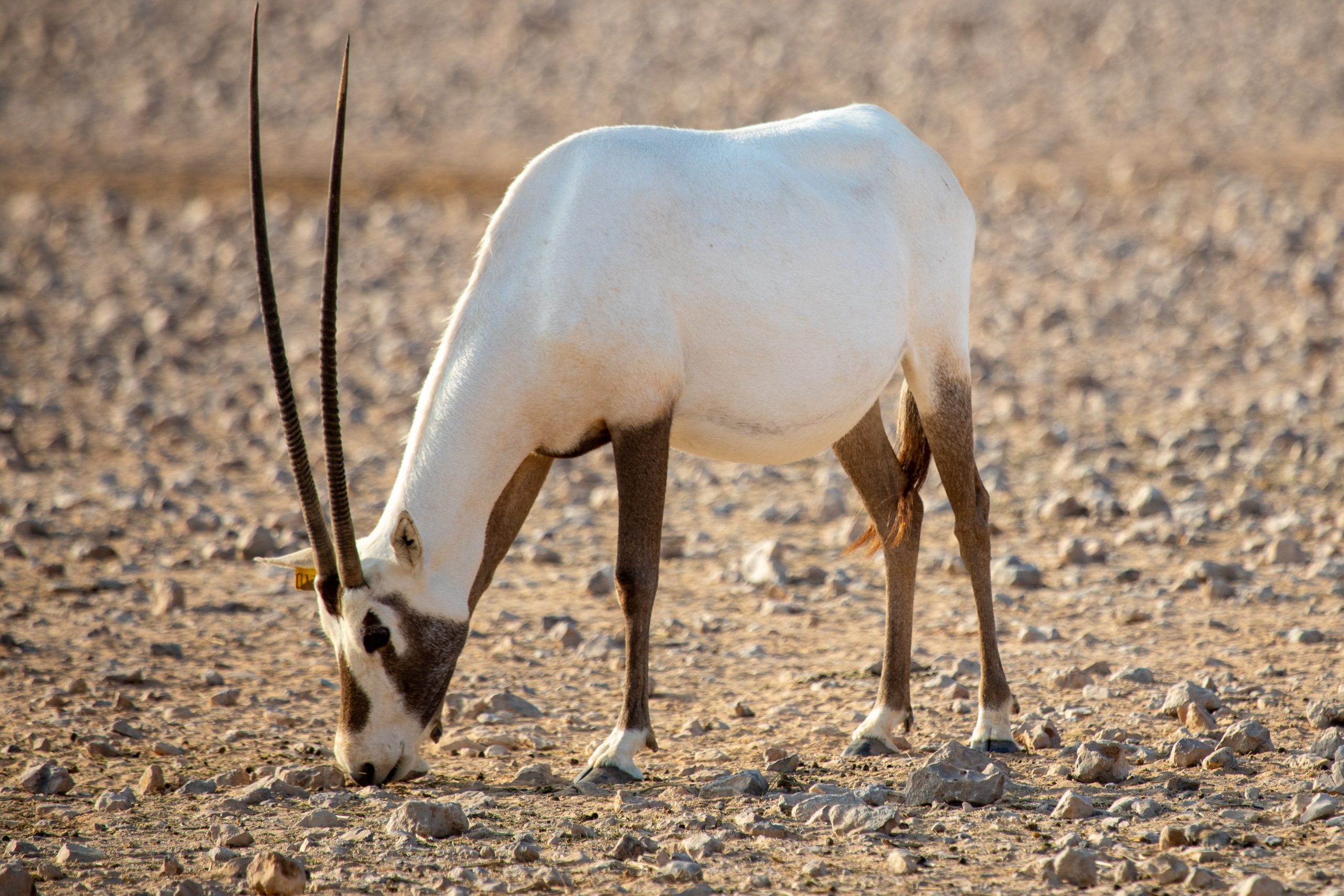
The National Animal of Oman, the Arabian Oryx is right at home on the desert plains. They are able to survive in the dry and hot conditions due to their light-colored coat and their ability to receive nourishment from small amounts of food.
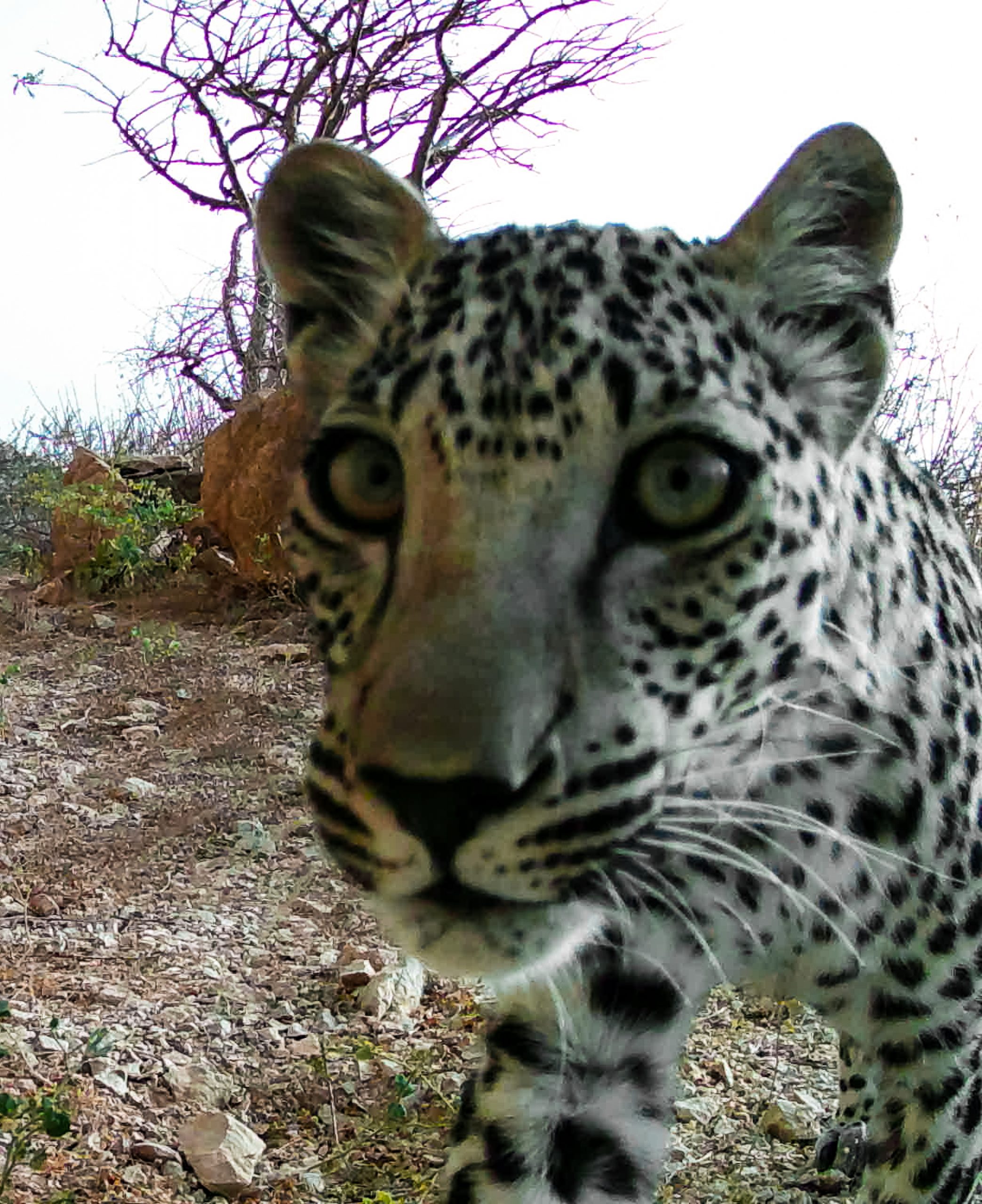
The pride of Oman. These critically endangered carnivores inhabit the mountain ranges of Dhofar.
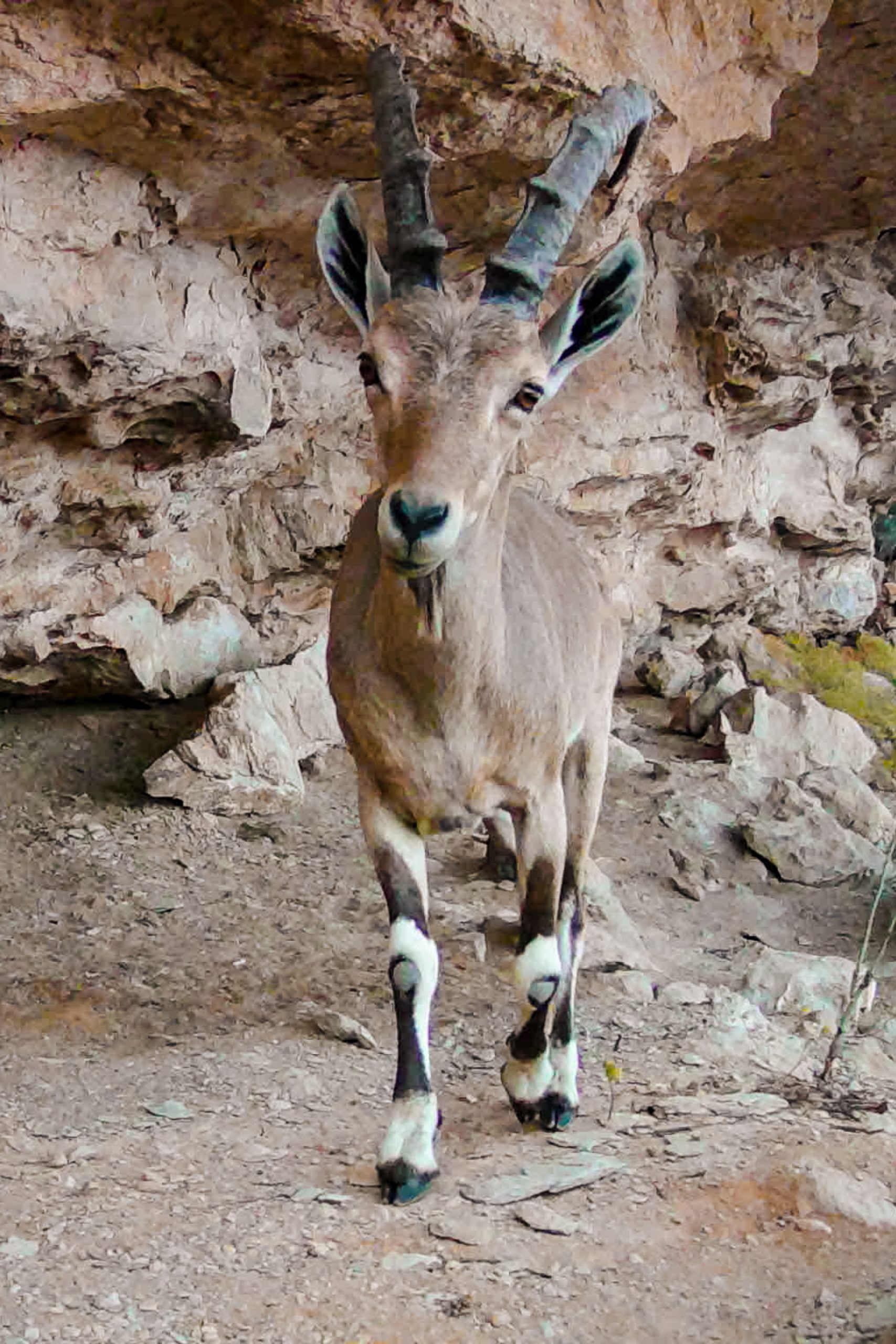
This goat species is listed as vulnerable by the IUCN. They have fascinating social structures and are very vigilant of humans.
Avian
The Sultanate plays host to both residential and migratory birds, being a safe haven for a variety of species. These are just a few of the colorful birds that can be seen in Oman
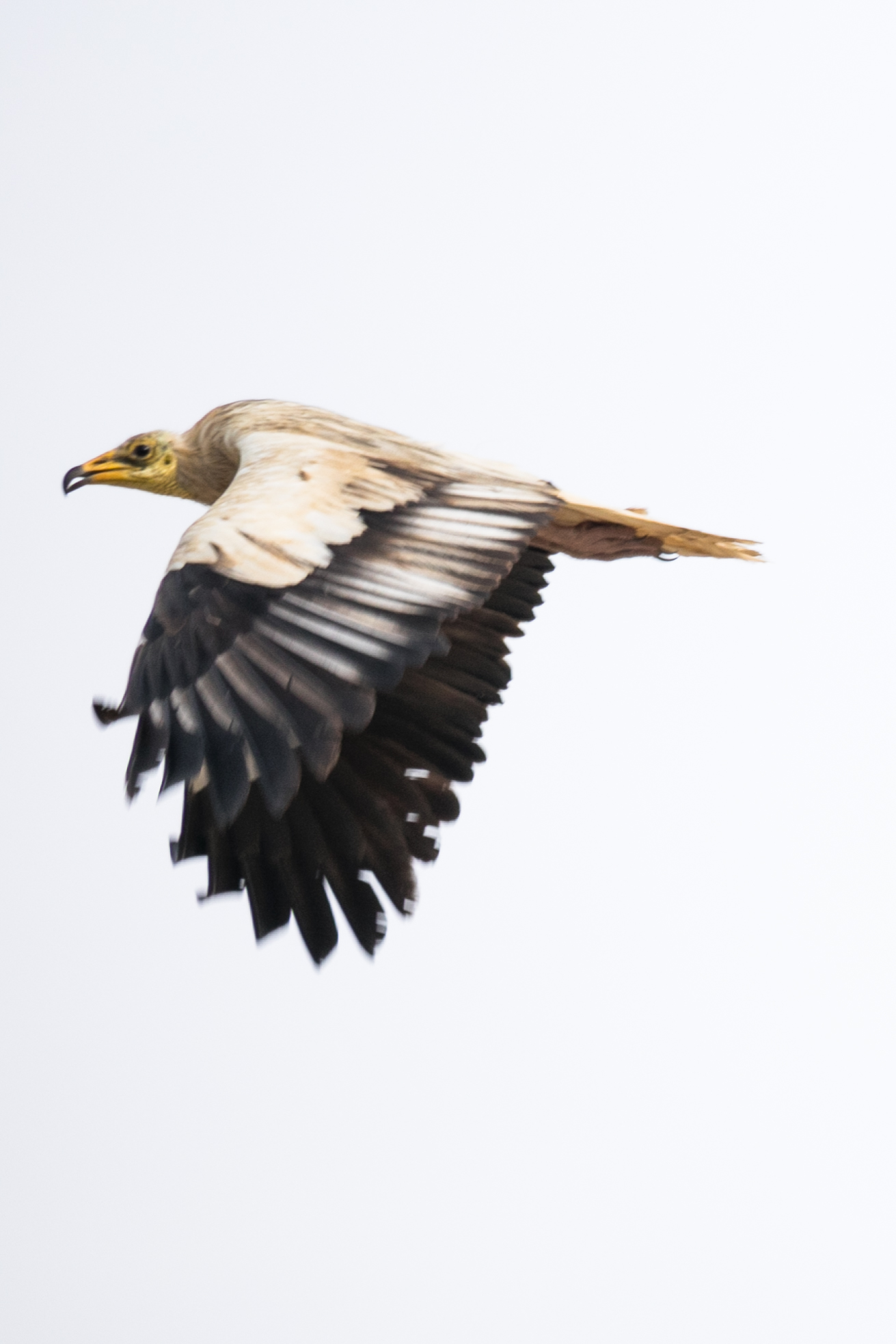
Also known as Pharaoh’s Chicken, these scavengers use their sharp eyesight to spot food as they soar high in thermals. Interestingly, these birds also use tools. They are known to break egg shells with small pebbles.
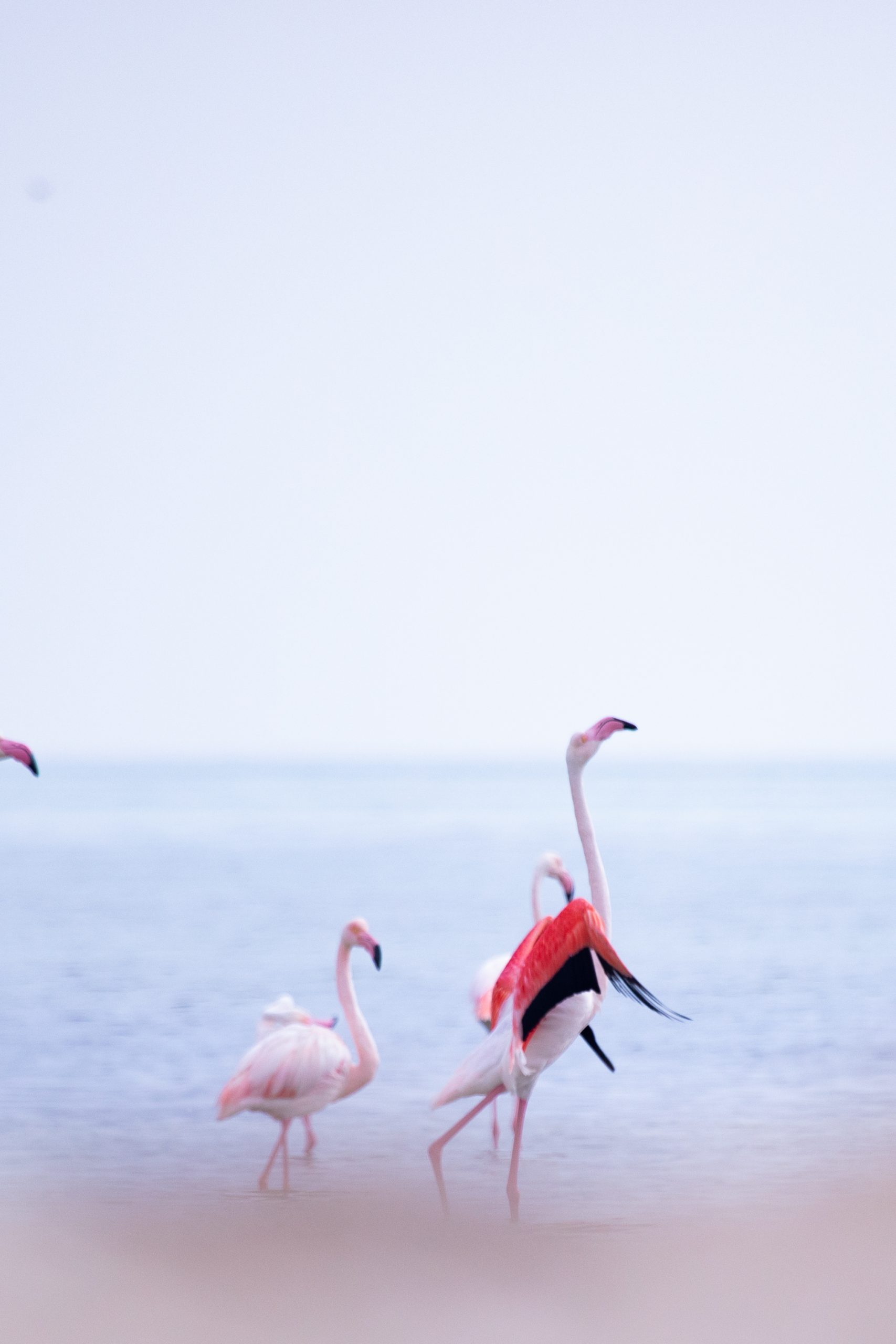
Large flocks of flamingoes come to Oman every year to stop and feed while they are on their migration.
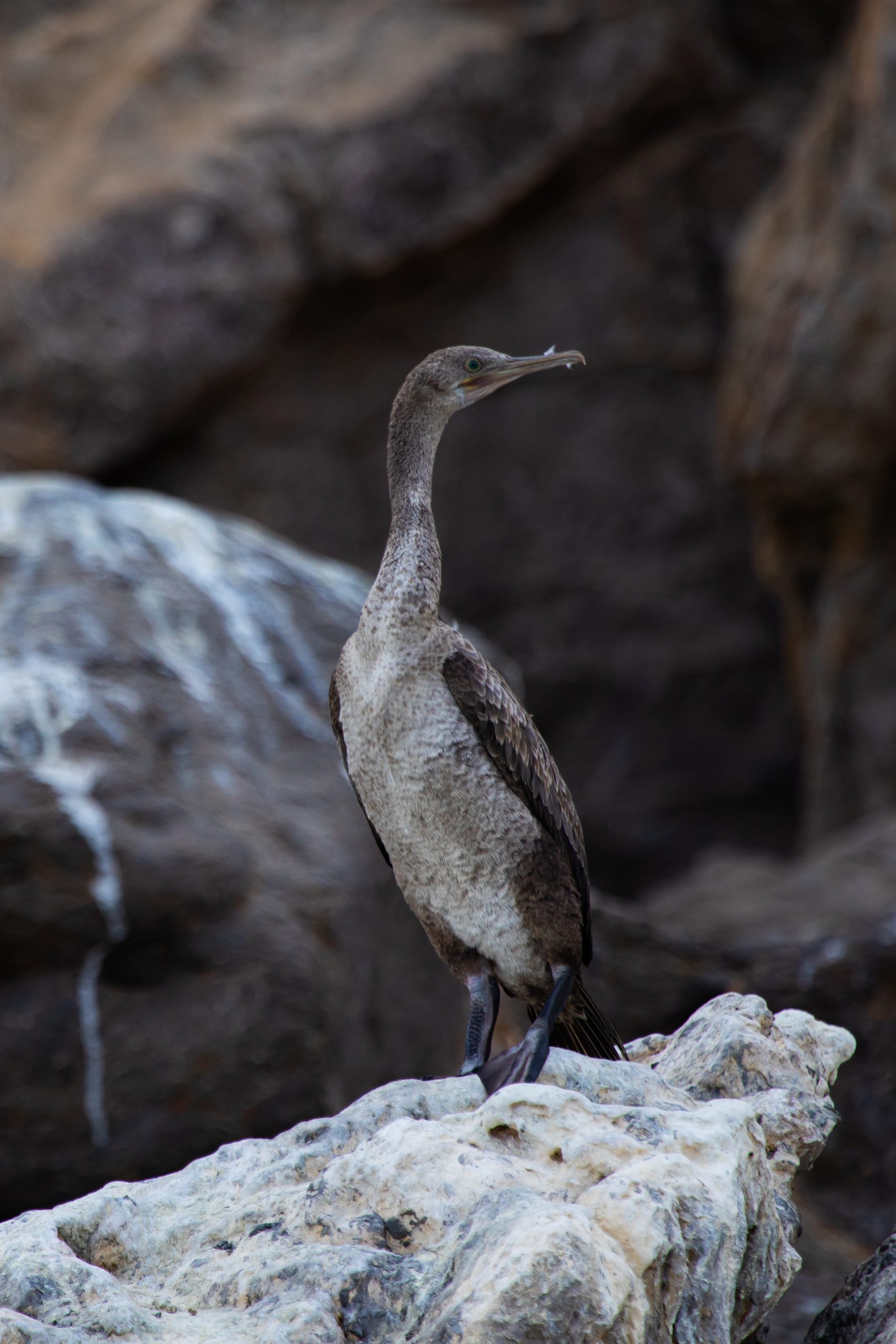
These migratory birds come to the coasts of Oman to enjoy the plentiful fish they feed on. They can dive up to 45m and will rest on the rocks nearby to dry their feathers.
